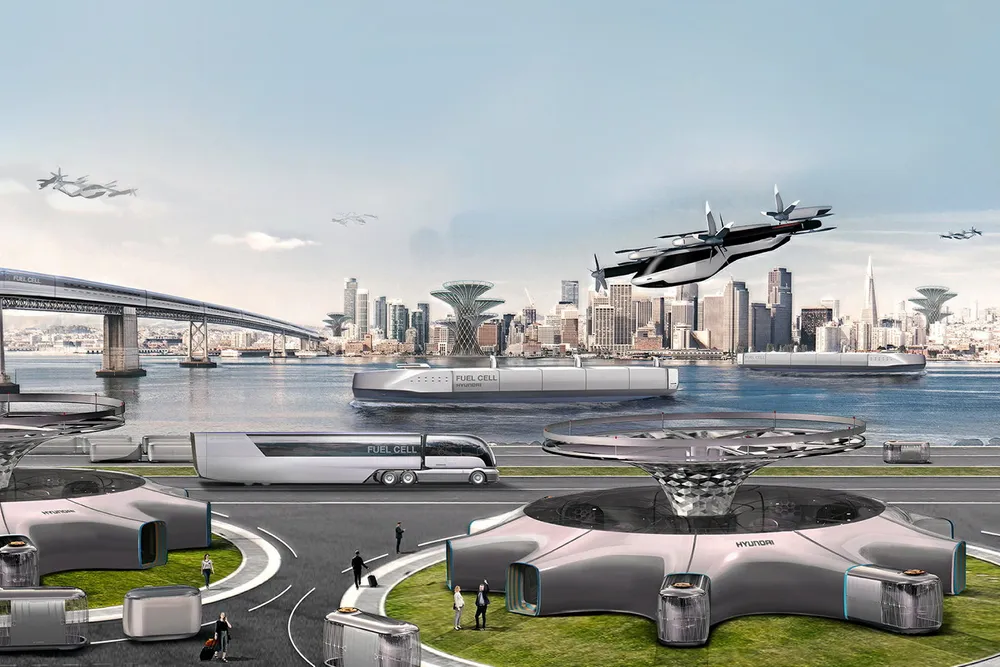South Korea to create six 'hydrogen cities' that would use H2 in buildings and transport as part of daily life
The government's $193m investment will see fuel cells powering buildings, a new blue H2 project and port, and new hydrogen pipelines, filling stations and vehicles
